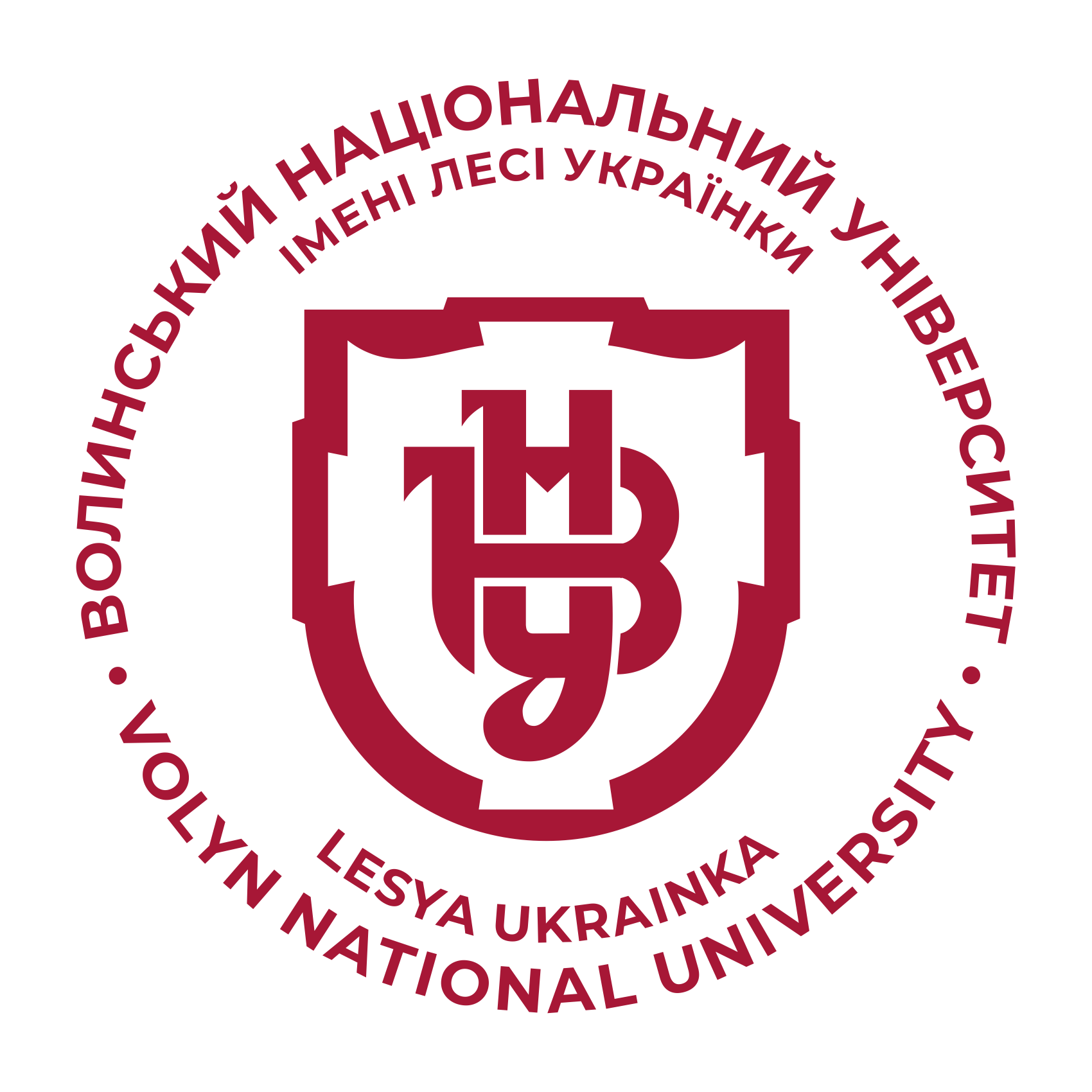КРОС-ФУНКЦІОНАЛЬНА ВЗАЄМОДІЯ ТА КОМУНІКАЦІЇ В УМОВАХ КРИЗИ
DOI:
https://doi.org/10.29038/2786-4618-2023-03-113-121Ключові слова:
крос-функціональна взаємодія, комунікація, крос-функціональна команда, криза, кризова ситуація.Анотація
У статті розглянуто питання використання крос-функціональних команд як інструменту для швидкої реакції на зміни в умовах кризи. Особлива увага приділена дослідженню крос-функціональної взаємодії та комунікаціям в умовах кризи. Обґрунтовано, що в умовах кризи залучення крос-функціональних команд є особливо ефективним, оскільки вони забезпечують швидку та ефективну взаємодію між різними функціональними зонами компанії. Встановлено взаємозв’язок між ефективним підходом до комунікацій в умовах кризи та організаційною роботою крос-функціональної команди. Виокремлено переваги крос-функціональної співпраці, проаналізовано складнощі та реальні проблеми поточної взаємодії крос-функціональних команд. Сформовано напрями удосконалення побудови комунікацій та інформаційних потоків в умовах кризи. Визначено характер комунікаційної системи залежно від типу організаційних структурних, що використовується для побудови управлінської системи. Проаналізовано відмінності комунікаційного реагування, залежно від типу та рівня кризи. Доведено, що крос-функціональна взаємодія зумовлює синергетичний ефект, що є відмінним від сумарної роботи окремих структурних підрозділів організації.
Посилання
DSuza E. (2005) Sohodnishni lidery – nadiia na zavtra [Similar leaders are the hope for tomorrow]. Lviv. 456 p. [in Ukrainian].
Zhylinska L.O. (2015). Kohnityvne modeliuvannia produktyvnosti pratsi na zasadakh Kaizen tekhnolohii ta kros-funktsionalnosti personal [Cognitive modeling of labor productivity based on Kaizen technologies and cross-functionality of personnel]. Naukovyi visnyk Khersonskoho derzhavnoho universytetu. Vol. 11. P. 168-172. [in Ukrainian].
Zasiekina L.V, Pastryk T.V. (2013). Osnovy psykholohii ta mizhosobove spilkuvannia [Basics of psychology and interpersonal communication]. Lutsk. 184 p. [in Ukrainian].
Koulman A. (2023). Stratehii kryzovykh komunikatsii [Strategies of crisis communications]. Kharkiv. 200 p. [in Ukrainian].
Krasnostup V. M. (2017) Sutnist i znachennia kros-funktsionalnykh komand u systemi vzaiemodii personalu pidpryiemstv [The essence and significance of cross-functional teams in the system of interaction of personnel of enterprises]. BiznesInform. Kharkiv. Vol.12. P.430-434. [in Ukrainian].
Osovska H.V. (2017). Komunikatsii v menedzhmenti [Communications in management]. Kyiv. 218 p. [in Ukrainian].
Pinchuk T.A. (2015). Osoblyvosti vplyvu faktoriv na orhanizatsiinu strukturu pidpryiemstva [Features of the influence of factors on the organizational structure of the enterprise]. Naukovyi visnyk Khersonskoho derzhavnoho universytetu. Seriia Ekonomichni nauky. Vol. 10. P. 36-40. [in Ukrainian].
Tymoshchenko I. I., Sosnin A. S. (2001). Menedzher orhanizatsii [Manager of the organization]. Kyiv. 350 p. [in Ukrainian].
Dwek C. (2006). Mindset : The Psychology of Success. New York: Random House Publishing Group.
Goleman D. (2006). The Social Intelligence : The New Science of Human Relationships. New York : Bantan Book. 408 p. [in USA].
Jouany V., Martic K. (2023). How to Improve Cross-Functional Collaboration in the Workplace. January 20. URL: https://haiilo.com/blog/improve-cross-functional-collaboration-in-the-workplace/ [in USA].
Pratt M.K. Cross-functional team. URL: https://www.techtarget.com/searchcio/definition/crossfunctional [in England].
Sivera D.H. (2001). The Tromso Social Intelligence Scale. Scandinavian Journal of Psychology. Vol. 42. P.13-19. [in Norway].
Sutherland J.J. (2019). The Scrum Fieldbook: Faster performance. Better results. Starting now. New York: Random House Publishing Group. 272 p. [in USA].
Woodcock M, Francis D. (1986). The Unblocked Manager. A practical guide to self-development. Aldershot, England: Wildwood House. 241 p. [in England].







